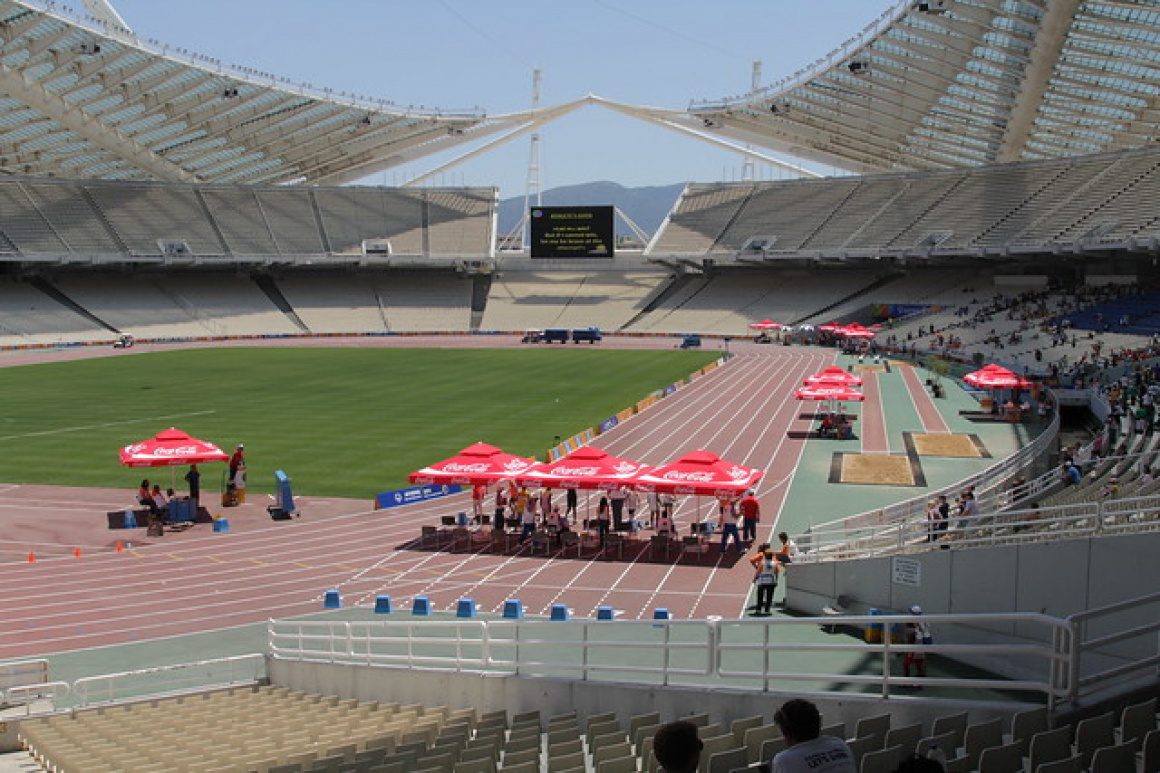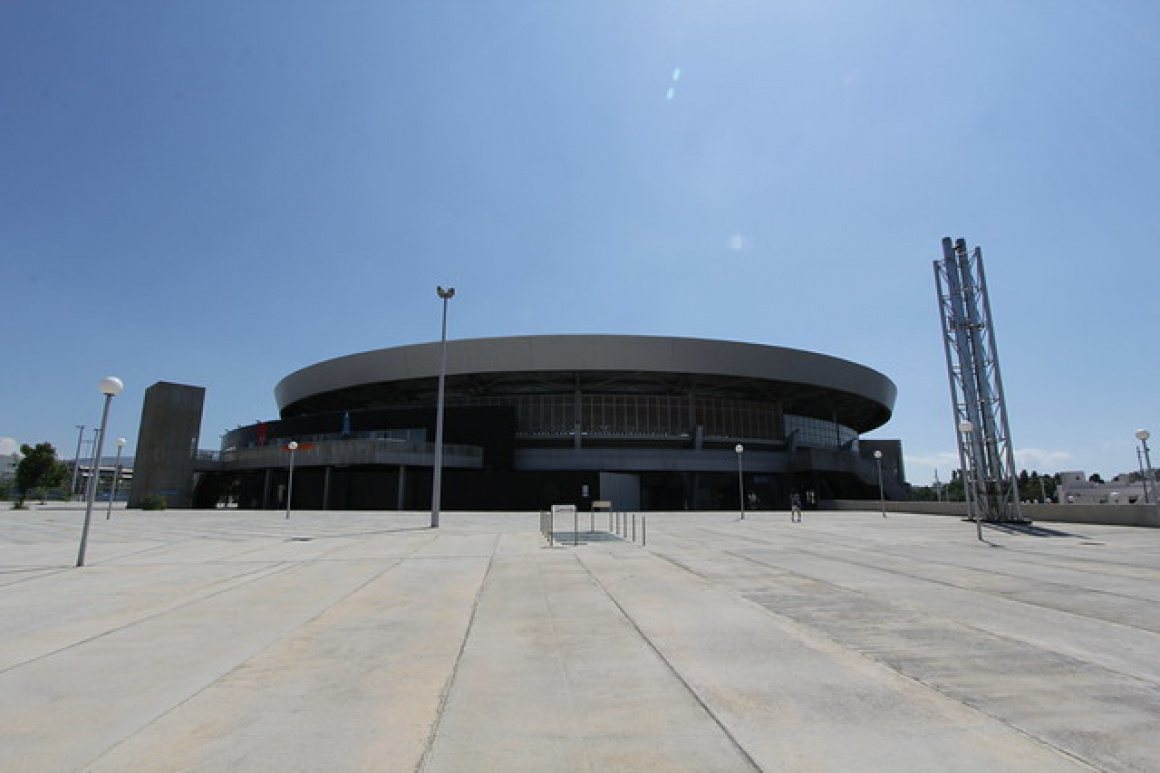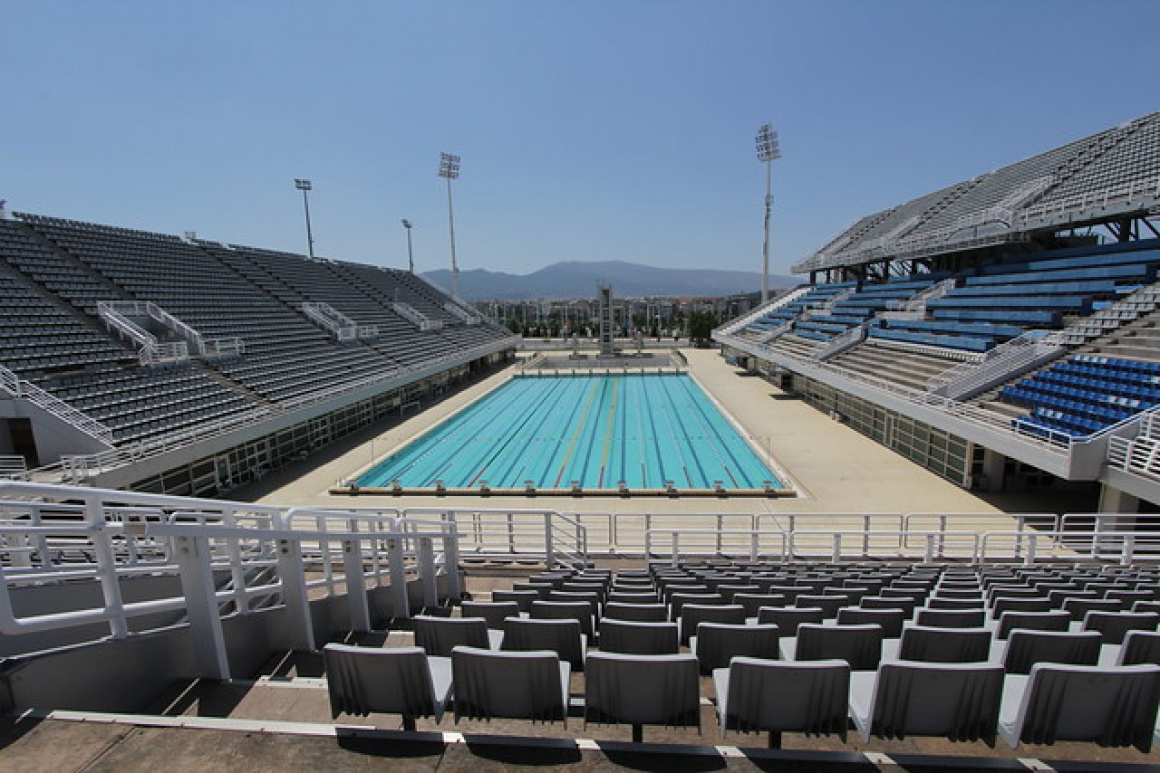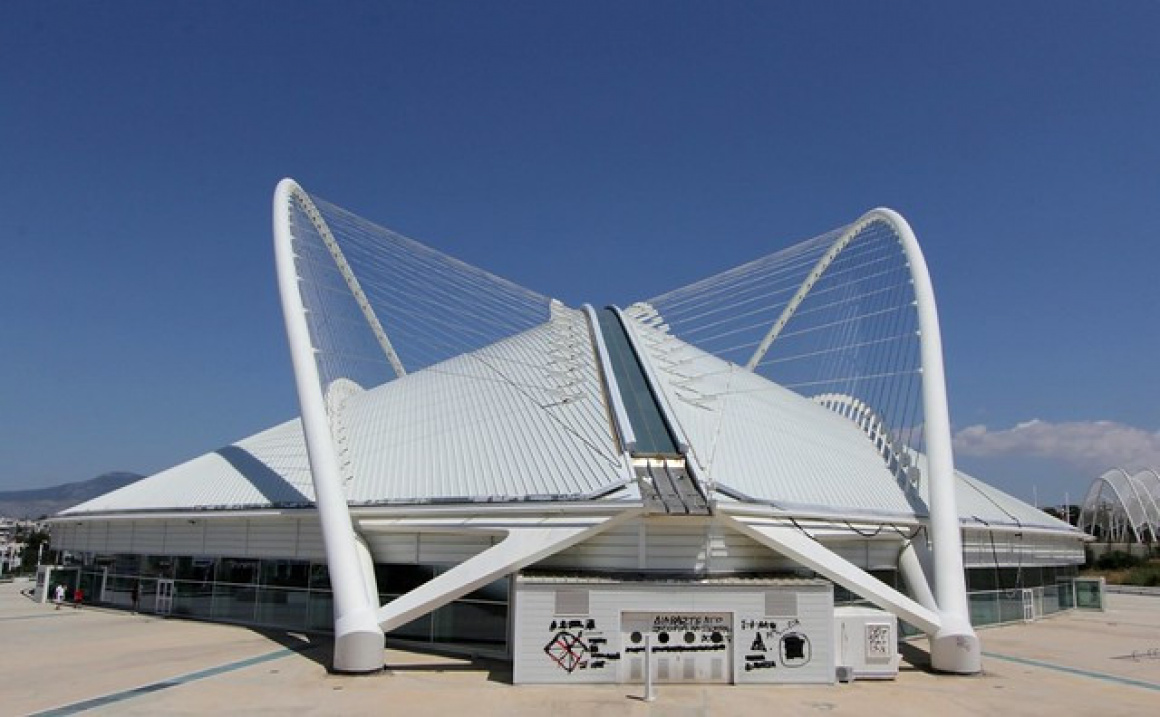When you think of Athens, your mind likely conjures images of ancient ruins, the Acropolis, and the Parthenon. But Athens is not just a city frozen in time. It’s a vibrant metropolis where the past and present coexist in fascinating ways. One of the most striking examples of this is the Athens Olympic Stadium, a modern architectural masterpiece that pays homage to the city’s Olympic legacy while standing as a symbol of its contemporary spirit.
A Stadium Steeped in History
The Athens Olympic Stadium, officially known as the Olympic Stadium of Athens "Spyros Louis", is the flagship of the Athens Olympic Sports Complex (OAKA). Built for the 2004 Athens Olympics, it was designed by the renowned Spanish architect Santiago Calatrava, whose vision was to create a structure that echoed the elegance and grandeur of ancient Greek architecture. The result is a stunning blend of glass, steel, and marble, with a roof that resembles the flowing lines of a Greek temple.

 'Athletics - Special Olympics 2011' - Attribution: Tilemahos Efthimiadis
'Athletics - Special Olympics 2011' - Attribution: Tilemahos EfthimiadisBut the stadium’s history goes even further back. The original stadium on this site was constructed in the early 1980s for the European Athletics Championships. However, it was completely transformed for the 2004 Games, with Calatrava’s redesign adding the iconic arched roof—the largest of its kind in the world—and increasing the Athens Olympic Stadium capacity to an impressive 71,030 seats. This made it the perfect venue for the opening and closing ceremonies of the 2004 Olympics, as well as the athletics events.

 'Award ceremony - Tennis - Special Olympics 2011' - Attribution: Tilemahos Efthimiadis
'Award ceremony - Tennis - Special Olympics 2011' - Attribution: Tilemahos EfthimiadisA Living Legacy
While the Athens Olympics may be nearly two decades in the past, the stadium remains a vibrant part of the city’s cultural and sporting life. Today, it hosts major international events, from football matches to concerts by global superstars. If you’re lucky, you might catch a performance by a legendary artist or a thrilling game featuring Greece’s national football team.

 'OAKA Olympic Tennis Center' - Attribution: Tilemahos Efthimiadis
'OAKA Olympic Tennis Center' - Attribution: Tilemahos EfthimiadisOne of the most unique aspects of the stadium is its integration into the surrounding landscape. The OAKA complex includes a swimming pool, tennis courts, and a velodrome, all designed in the same sleek, modern style. The area is also beautifully landscaped, with walking paths and green spaces that make it a popular spot for locals to relax and exercise. It’s a far cry from the bustling streets of Plaka or the ancient ruins of the Acropolis, but it offers a refreshing glimpse into modern Athenian life.

 'OAKA Olympic Outdoor Aquatic Center' - Attribution: Tilemahos Efthimiadis
'OAKA Olympic Outdoor Aquatic Center' - Attribution: Tilemahos EfthimiadisInsider Tips for Visitors
If you’re planning to visit the Athens Olympic Stadium, here are a few tips to make the most of your experience:
- Timing is Everything: The stadium is most lively during events, so check the schedule in advance. If you’re visiting during the off-season, take a stroll around the complex to admire the architecture and enjoy the peaceful atmosphere.
- Explore the Neighbourhood: The stadium is located in the northern suburb of Marousi, which is well-connected to the city centre by metro. While you’re in the area, consider visiting the nearby Kifissia, a leafy, upscale neighbourhood known for its boutique shops and charming cafés.
- Capture the Perfect Shot: The stadium’s arched roof is particularly striking at sunset, when the glass reflects the warm hues of the sky. For the best photo opportunities, head to the nearby Olympic Park or the pedestrian bridge that connects the stadium to the other facilities.
- Combine with Other Attractions: If you’re a sports enthusiast, pair your visit with a trip to the Panathenaic Stadium, the all-marble stadium that hosted the first modern Olympics in 1896. It’s a fascinating contrast to the modern Olympic Stadium and offers a deeper understanding of Athens’ Olympic heritage.
A Symbol of Athens’ Evolution
The Athens Olympic Stadium is not just a sports venue, but a testament to Athens’ ability to reinvent itself while honouring its past. As you stand beneath its soaring arches, you can’t help but feel a sense of awe at the city’s enduring spirit. Whether you’re a sports fan, an architecture enthusiast, or simply a curious traveller, the stadium is a must-see destination that showcases the best of modern Athens.
So, as you plan your trip to this incredible city, make sure to include the Athens Olympic Stadium on your itinerary. It’s a reminder that Athens is not just a city of ancient wonders, but also a place where history continues to be made. And who knows? You might just leave feeling inspired to lace up your running shoes and take on the Athens Marathon, which finishes at the historic Panathenaic Stadium. After all, in Athens, the Olympic spirit is always alive.


